There is an urgent water supply crisis in Bolivia in late 2016. The major cities in the country are struggling with water shortages, because most of their systems rely on surficial sources (dams, rivers and lakes) that have not been recharged expected. Also the climate change has been affecting the precipitation regimes. The fastest way to increase the amount of water is probably to establish new well fields for extraction of groundwater, as has been suggested by some authorities in Bolivia.
In order to achieve the goal of providing sufficient and substantial amounts of groundwater from new well fields, it is essential to perform well designed pre-investigations. All such pre-investigations must be based on conceptual geological and hydrogeological models derived from archive studies. The next step should be extensive geophysical surveying using a combination of suitable methods. In order to achieve fast enough results, under the critical present situation, airborne surveying in combination with ground-based follow-up is the only realistic option. The most adequate airborne geophysical method in this context is helicopter borne TEM (Transient ElectroMagnetic). This should be followed up with ground-based methods, like for example ERT (Electrical Resistivity Tomography), TEM, seismics, gravimetry, etc. Critical factors for the choice of airborne TEM system for accurate mapping of groundwater resources are resolution, stability and repeatability. The most suitable system in these respects is SkyTEM which is specifically designed for groundwater resources mapping, being developed in connection with the national Danish groundwater mapping.
Ground-based TEM and ERT mapping of groundwater reservoirs (so called aquifers) has been carried out at the Challapampa aquifer at Oruro and the Punata aquifer close to Cochabamba, as part of research and capacity building carried out in collaboration between UMSA (Universidad Mayor de San Andres), UMSS (Universidad Mayor de San Simón), Lund University and Aarhus University. The results show that the airborne TEM method can be expected to work very well in parts of the areas without electrically disturbing infrastructure such as powerlines, which makes it most likely that the method would provide highly useful results.
Development of new well fields must be accompanied by careful studies of the recharge of the aquifers and modelling of the effects of increased groundwater abstraction, in order to ensure that the water exploitation is done in a long term sustainable way. It is essential to develop strategies for sustainable use and protection of the resources, managing the uses of surface water and groundwater in combination with conservation and more efficient use of the water regulations.
Sustainable management of water resources requires access to relevant data of sufficient quality and quantity. Such data is essential for the creation of conceptual models of the aquifers, which in turn is a step towards establishing numerical models that can be used to simulate and predict the long term consequences of different water abstraction scenarios.
Access to relevant data is generally a problem for management of groundwater resources. Data from a major geophysical data acquisition campaign followed by drilling and sampling of the aquifer material and water is very valuable in such a context. It is essential to plan and take action for long term systematic archiving of such data, otherwise it will be lost and difficult or impossible to find after few years. A national geophysical database, and a national borehole record database, should therefore be established, and it should be made compulsory to report data to it from all geophysical investigations and well drilling.
Link to article in The Guardian 21 November 2016

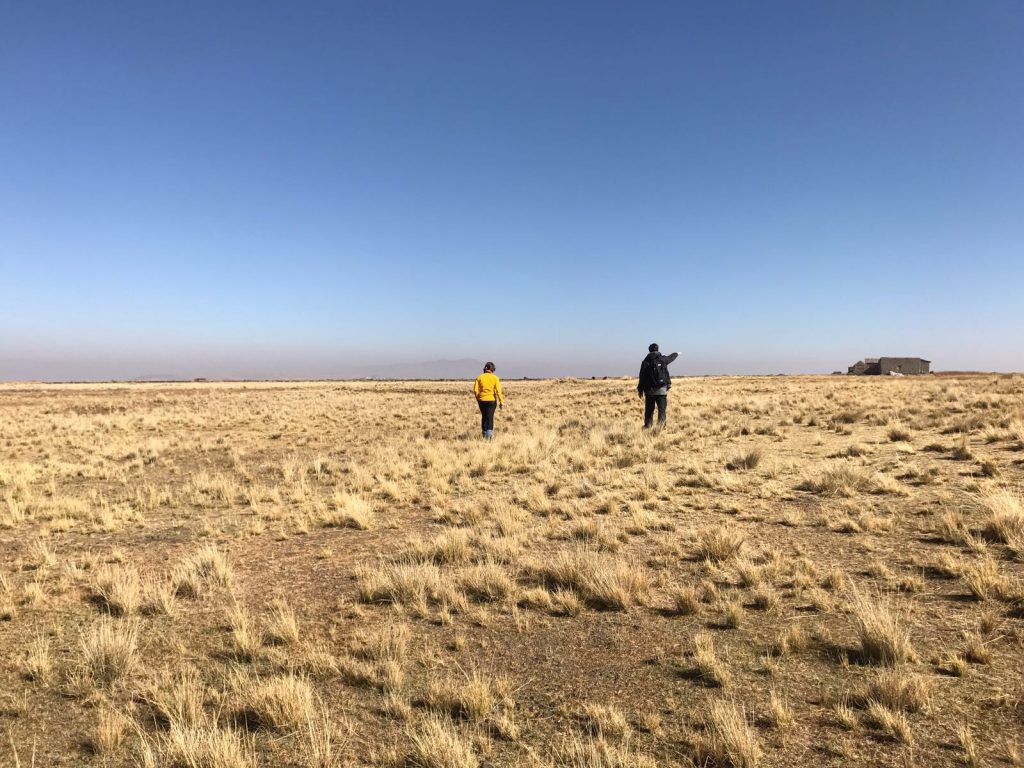

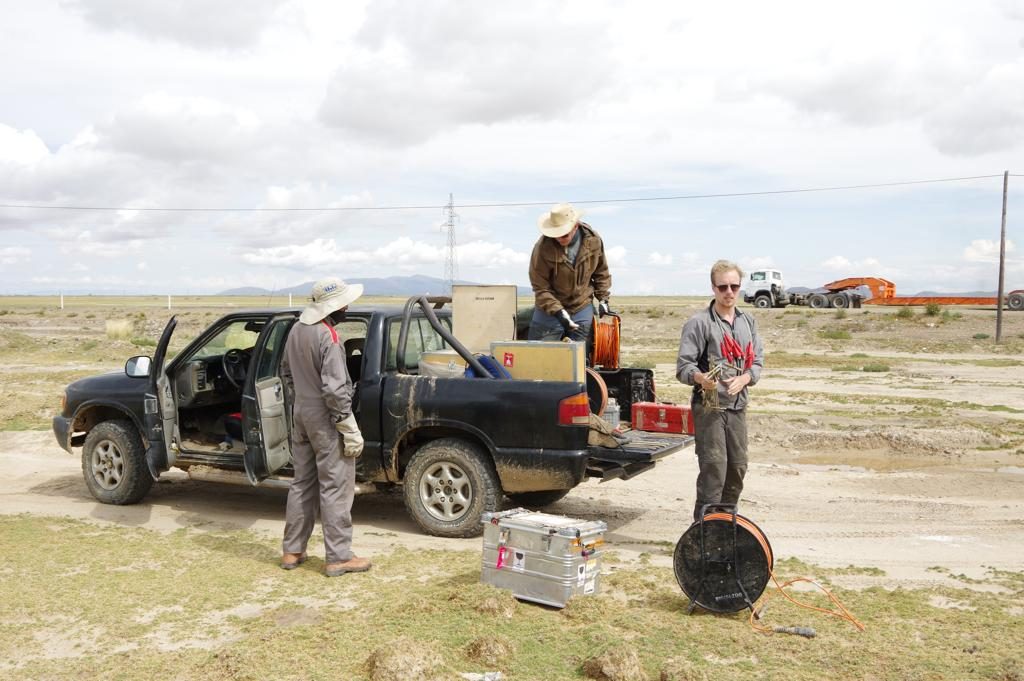
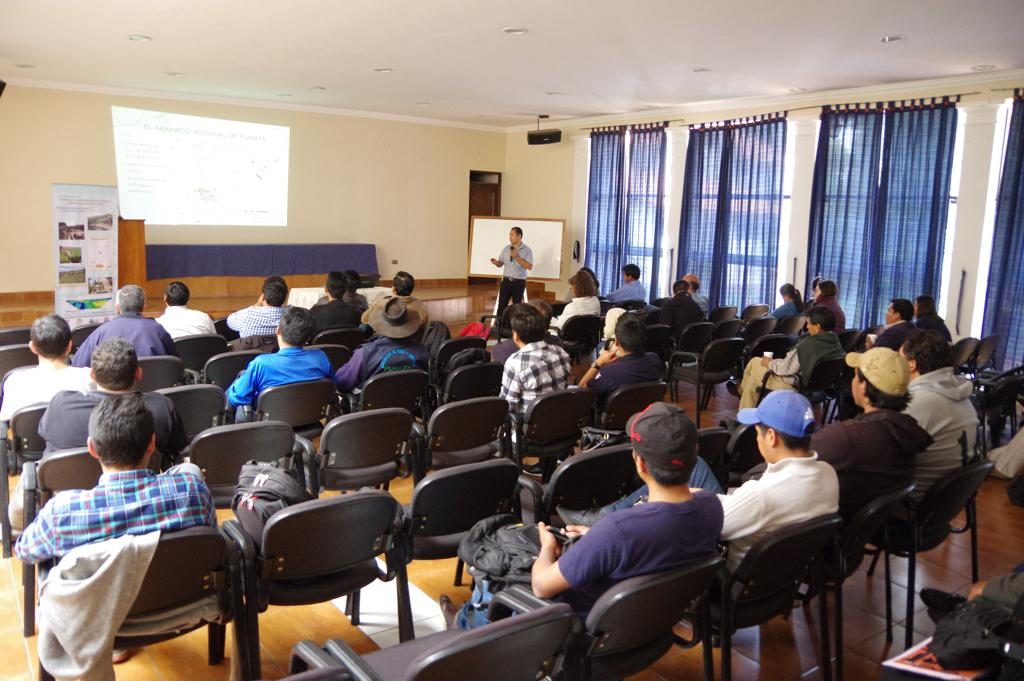
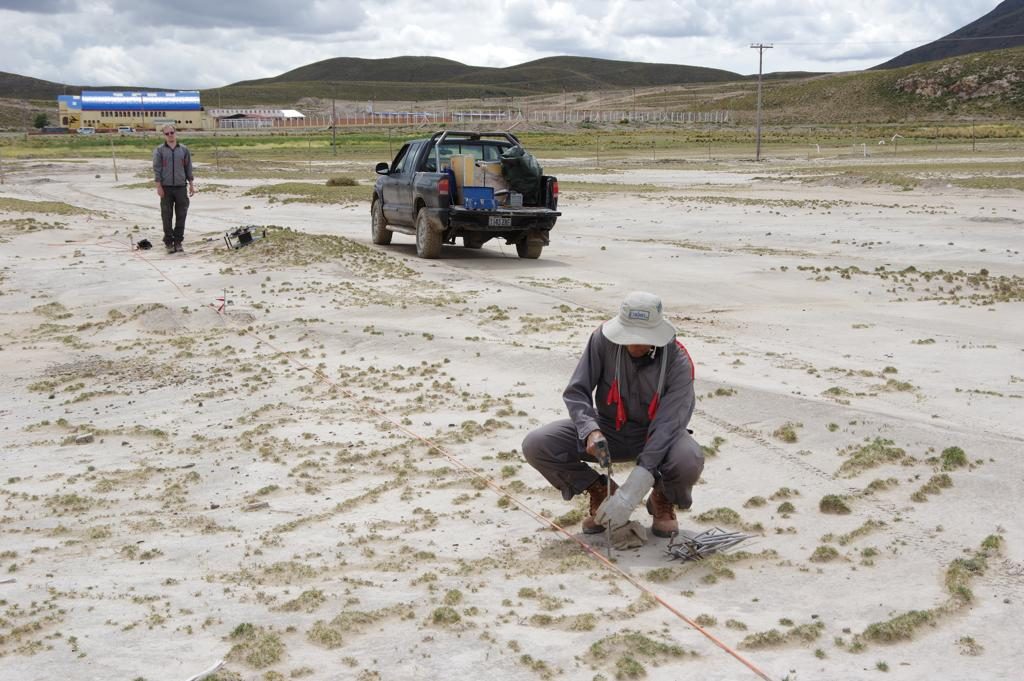
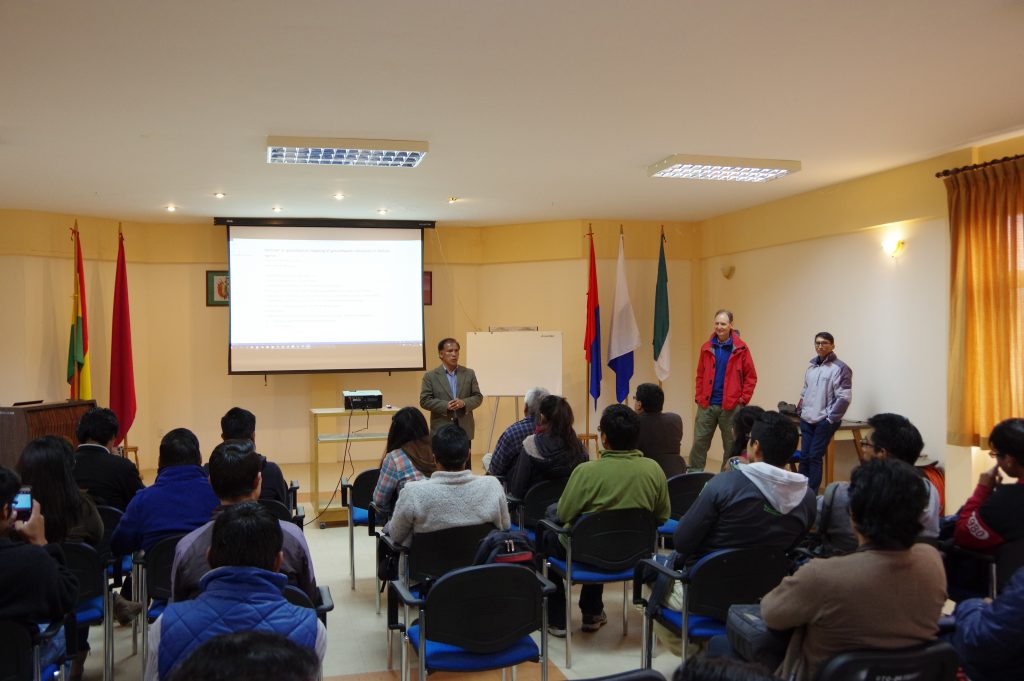
Comments